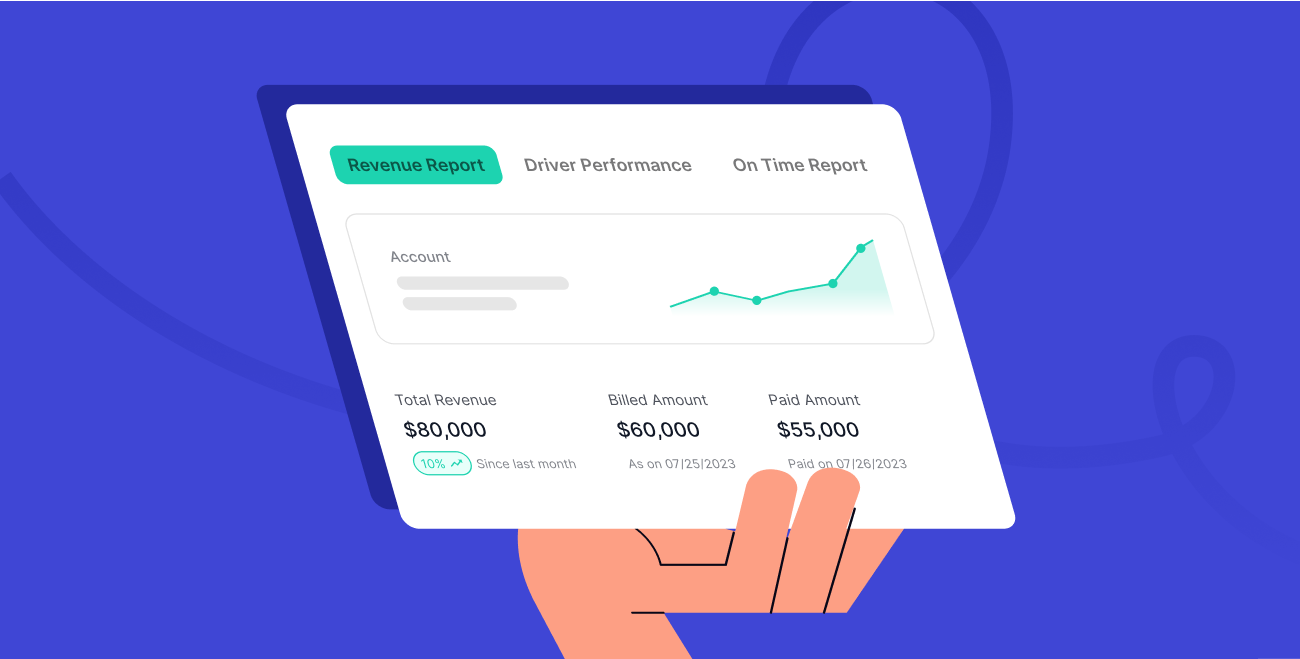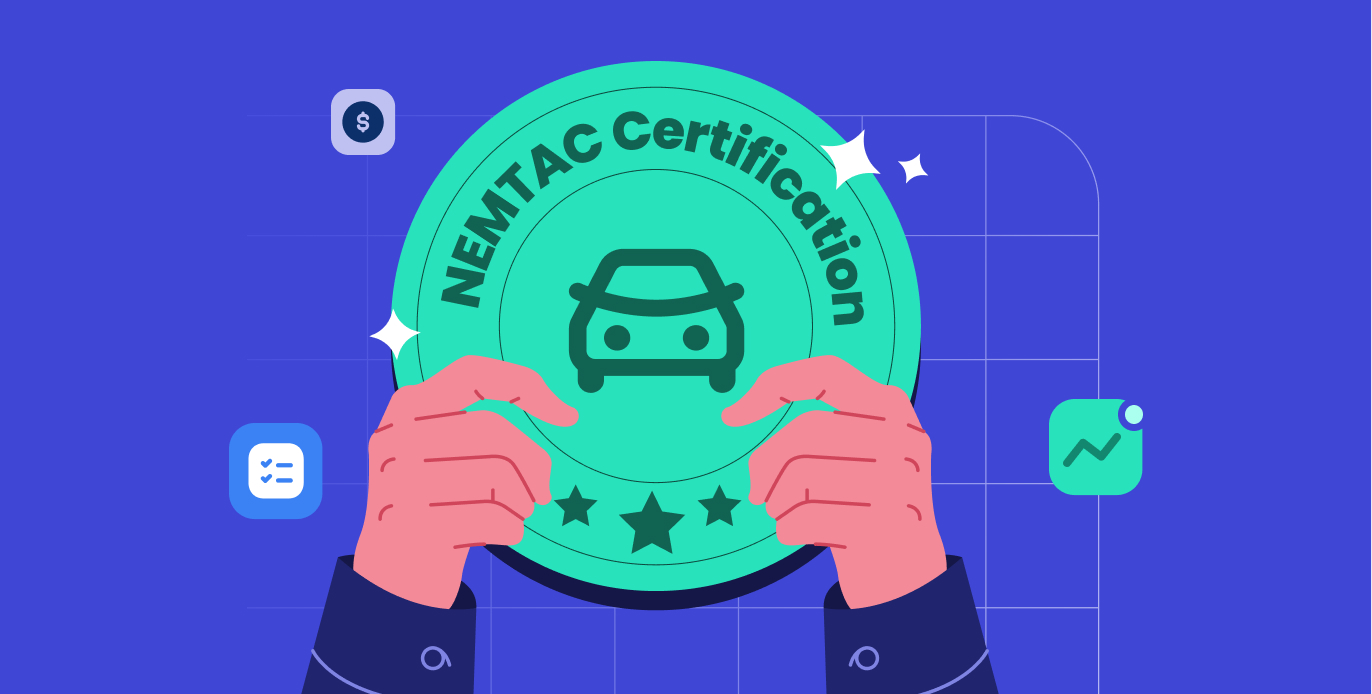
Table of Contents
Winning a non-emergency medical transportation (NEMT) contract requires more than providing quality transportation; it’s about presenting a comprehensive, well-thought-out plan proving your value to potential clients.
Your proposal must be excellent in every aspect, from understanding their needs to offering competitive pricing and maintaining compliance.
In this article, we’ll break down the critical components of a winning NEMT proposal, helping you secure more contracts and grow your business.
Do More with Less
Handle more trips with fewer dispatchers on your payroll with Tobi.
Request a Demo1. Understand the Contract Requirements
The first step in preparing a winning NEMT contract proposal is understanding the contract requirements fully.
Without this foundation, your proposal may miss essential elements, lowering your chances of success. Here’s how to approach it:
Thoroughly Read the RFP (Request for Proposal)
Before drafting anything, take the time to go through the RFP carefully. It will outline the key details and answer essential questions:
- What exactly is being requested? Is the contract for regular or specialized transportation services, or does it require a mix?
- When is the service expected to begin, and what are the submission deadlines and project milestones?
- Does it include fleet specifications, driver qualifications, or safety protocols?
- What factors will the decision-makers prioritize? Price, quality, experience, or innovation?
This step ensures you understand the client’s needs and expectations, helping you align your proposal with their objectives.
Tailor Your Proposal to Meet These Needs
Once you’ve understood the RFP, it’s time to craft a proposal addressing these requirements. Here’s how to do it:
Address all mandatory elements: Ensure your proposal covers all the non-negotiable items in the RFP, such as vehicle types, driver certifications, and insurance coverage. Missing these can result in immediate disqualification.
Customize your solution: Offering tailored solutions shows that you understand the client’s needs. For instance, if the client needs specialized transport for patients with mobility issues, emphasize your fleet’s wheelchair-accessible vans and trained staff.
Stay aligned with their goals: Reflect the client’s priorities, whether cost-effectiveness, on-time service, or high customer satisfaction. Based on the RFP, align your proposal with what will resonate with them.
2. Showcase Your Experience and Expertise
Demonstrating your experience and expertise is critical to building a strong NEMT proposal.
Start by highlighting your track record in the industry. Mention any past contracts, successful projects, or partnerships that showcase your ability to deliver quality services.
Sharing client testimonials adds a personal touch and reinforces your reputation as a reliable provider.
Commitment to Compliance and Safety
Next, emphasize your expertise in regulatory compliance.
Your proposal should clearly outline how your company ensures compliance, from employee training to operational procedures. Additionally, describe how your team maintains high safety standards through regular vehicle inspections, driver vetting, and health protocols. This demonstrates your commitment to both legal and safety requirements.
Provide concrete examples of how you manage your fleet and personnel to ensure reliable service. Highlight the efficiency of your fleet management, whether through regular maintenance or route optimization tools, to minimize delays.
Discuss the qualifications and training of your drivers, emphasizing how they are equipped to handle various transportation needs, from patient care to specialized services.
3. Developing a Comprehensive Service Plan
A well-crafted service plan is the backbone of any successful NEMT proposal.
It shows potential clients exactly how you plan to deliver the services they need and ensures confidence in your operational capabilities.
Reliable Fleet and Driver Strategy
Start by detailing your fleet management practices and specialized equipment.
Your proposal should explain how you maintain a fleet that meets the contract’s demands. This could include the types of vehicles you offer, such as wheelchair-accessible vans or stretcher-equipped ambulances, and the protocols you have to keep your vehicles in top condition.
Regular maintenance schedules, backup vehicles, and a system for tracking vehicle performance are essential. Clients want to know that your vehicles will be reliable, safe, and ready to provide service.
Driver training and customer service protocols are equally essential elements to highlight.
Your drivers are the face of your company, so demonstrating that they are highly trained in safety and customer care is crucial. Discuss how your drivers are trained to handle patients with mobility issues, those requiring medical equipment, and how they are prepared for emergencies.
In addition to technical skills, emphasize customer service protocols that ensure patients are treated with care, respect, and professionalism. Focusing on communication and empathy can set your proposal apart by committing to excellent patient experiences.
Technology for Operational Efficiency
Modern NEMT services rely heavily on technology to streamline operations and provide efficient service.
Describe how you use scheduling software, GPS tracking, and mobile applications to manage routes and monitor vehicles in real time. These tools—including Tobi—ensure patients are picked up and dropped off on time, reducing delays and improving overall service quality.
Technology enhances operational efficiency and demonstrates your commitment to innovation and continuous improvement.
4. Cost-Effective Solutions
When proposing your NEMT services, balancing competitive pricing while maintaining high-quality service is essential. This will set your company apart while addressing clients’ financial concerns in a competitive bidding environment.
Competitive Pricing with Quality Service
Start by presenting competitive pricing that demonstrates value without compromising service quality.
It’s important to communicate that while your rates may be competitive, they are not at the expense of your services’ safety, reliability, or efficiency. Break down the costs in a way that shows transparency and justifies how your pricing aligns with the level of service provided.
By offering clear pricing structures, you help clients see they’re getting both affordability and value.
Cost-Saving Strategies
Offer cost-saving strategies showing your awareness of the client’s budget concerns while focusing on efficiency. For example, you could discuss how you optimize routes to minimize fuel costs and time, ensuring more efficient operations that translate to lower costs for the client.
Another potential strategy is to offer shared services, where patients from multiple locations are transported together when possible. This reduces unnecessary trips and better uses resources, offering a win-win for your company and the client.
5. Compliance and Certifications
Ensuring compliance with local, state, and federal laws is a non-negotiable part of any NEMT contract.
In this proposal section, you must prove your regulatory compliance by demonstrating how your company adheres to relevant laws and regulations.
Regulatory Compliance
These might include patient privacy standards like HIPAA, vehicle safety standards, and ADA requirements to ensure accessibility for all passengers.
Providing examples of how you meet these standards—such as staff training, regular audits, or adherence to specific protocols—will give clients confidence that your services are safe and compliant.
Industry Certifications
Including industry certifications or affiliations will add credibility to your proposal.
Certifications from recognized industry bodies or affiliations with respected organizations in the healthcare and transportation sectors endorse your company’s professionalism and expertise.
These certifications signal to potential clients that your operations meet industry-best practices, ensuring that your NEMT services are delivered with the highest standards of care and compliance.
6. Proposing Performance Metrics and Accountability
To strengthen your proposal further, include a clear plan for tracking and demonstrating performance through Key Performance Indicators (KPIs).
Offering specific metrics like on-time performance, safety records, and customer satisfaction scores shows potential clients that you are committed to maintaining a high level of service.
Performance with Key Metrics
For example, you could highlight that your on-time rate is consistently above a certain percentage or that you have a safety track record with zero incidents over a defined period.
These concrete numbers reassure clients that they can rely on your company to meet their expectations.
Transparency and Accountability
Equally important is reporting and transparency.
Clients want to know how you’ll inform them about your service performance. Include a plan for regular reporting that covers the KPIs you’ve identified. This could be through monthly performance reports or an online dashboard where clients can track real-time metrics like vehicle location or service punctuality.
Transparency in these areas builds trust and ensures accountability, showing the client that you are dedicated to providing excellent service, continually improving, and staying accountable for your performance.
7. Presentation and Design of the Proposal
How your NEMT proposal is presented and designed can significantly impact how it is received.
A professional, visually appealing, and well-organized proposal reflects your attention to detail and helps decision-makers easily navigate the content.
Here are a few tips for ensuring your proposal looks polished:
- Keep the layout clean and structured. Use clear headings, subheadings, and bullet points where appropriate to break down complex information into digestible sections. This makes it easier for the reader to quickly scan and find the most relevant points.
- Use visuals. Charts, infographics, and images illustrate critical information, such as fleet capabilities, performance metrics, or service areas. Visual aids can simplify data-heavy sections and enhance understanding.
- Keep branding consistent. Use your company’s colors, fonts, and logos effectively to create a cohesive and professional look, leaving a lasting impression.
- Detailed review. Proofread and format carefully to eliminate errors or inconsistencies, ensuring a smooth reading experience and showing that you take quality seriously.
Built to Win
Crafting a winning NEMT proposal requires a thorough understanding of the contract requirements, a compelling demonstration of your company’s experience and expertise, and a detailed outline of your comprehensive service plan.
Tailoring your proposal to meet the client’s needs, emphasizing your proven track record and unwavering commitment to compliance and safety, and providing a thorough overview of your operational capabilities are non-negotiable.
Your proposal is not just a document; it’s a powerful representation of your business’s value and dependability. Take the time and effort to create it meticulously, and you will significantly enhance your chances of securing more contracts and expanding your NEMT business.
Are you curious how Tobi can help you run your NEMT operations more efficiently? Request a demo for a free 30-day trial and experience how Tobi makes your business better at every turn.




